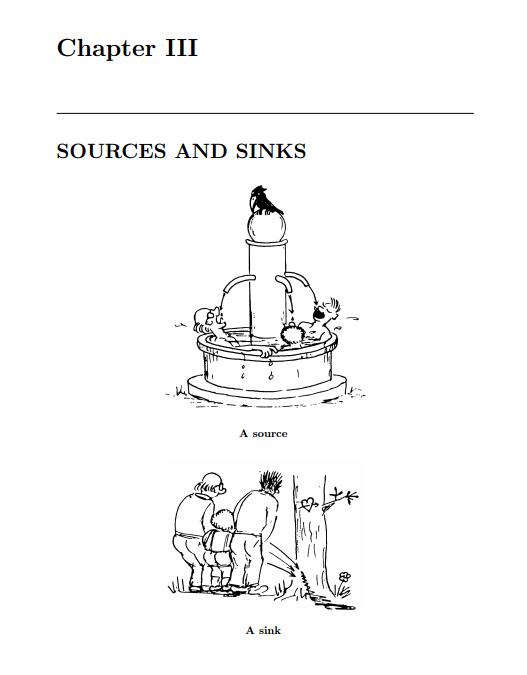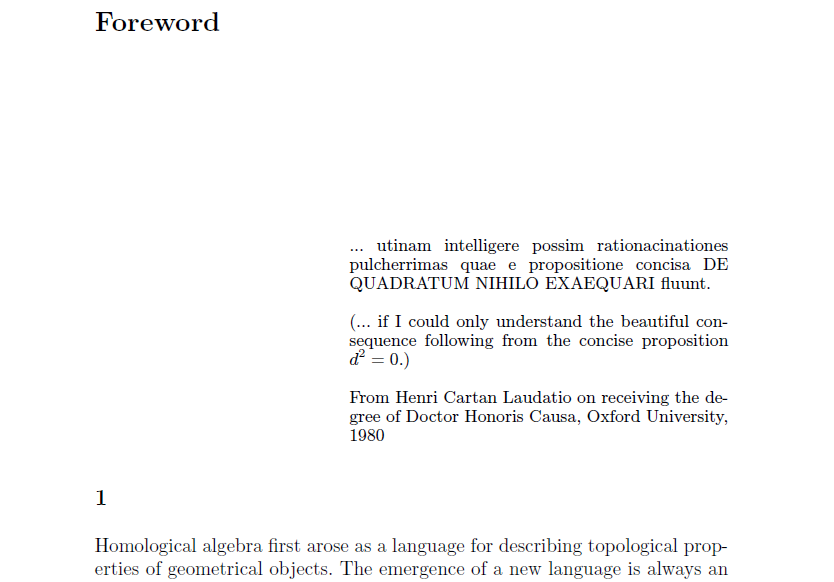It occurred to me only now: it is absolutely unthinkable not to mention John Horton Conway in this context. His epigraphs I find unsurpassed. To every chapter in "On Numbers and Games", and as well in "Winning Ways for your Mathematical Plays" by Berlekamp, him and Guy.
I am actually tempted to reproduce all epigraphs in "On Numbers and Games". I'll try hard to omit at least some.
ZEROTH PART (ON NUMBERS . . .)
A Hair, they say, divides the False and True-
Yes; and a single Alif were the clue,
Could you but find it—to the Treasure-house,
And peradventure to The Master too!
The Rubaiyat of Omar Khayyam
CHAPTER 0 (All Numbers Great and Small)
Whatever is not forbidden, is permitted.
J. C. F. von Schiller, Wallensteins Lager
CHAPTER 1 (The Class No is a Field)
Ah! why, ye Gods, should two and two make four?
Alexander Pope, "The Dunciad"
CHAPTER 2 (The Real and Ordinal Numbers)
Don't let us make imaginary evils, when you know we have so many
real ones to encounter.
Oliver Goldsmith, "The Good-Natured Man"
CHAPTER 3 (The Structure of the General Number)
We admit, in Geometry, not only infinite magnitudes, that is to
say, magnitudes greater than any assignable magnitude, but infinite
magnitudes infinitely greater, the one than the other. This astonishes
our dimension of brains, which is only about six inches long, five broad,
and six in depth in the largest heads.
Voltaire, Article "Infinity", in A Philosophical Dictionary, Boston 1881
CHAPTER 4 (Algebra and Analysis of Numbers)
Now as to what pertains to these Surd numbers (which, as it were
by way of reproach and calumny, having no merit of their own, are also
styled Irrational, Irregular, and Inexplicable) they are by many
denied to be numbers properly speaking, and are wont to be banished
from Arithmetic to another Science (which yet is no science) viz.,
algebra.
Isaac Barrow, "Mathematical Lectures", 1734
CHAPTER 7 (Playing Several Games at Once)
For when the One Great Scorer comes
to write against your name,
He marks—not that you won or lost—
but how you played the game.
Grantland Rice,
Alumnus Football
And of course,
CHAPTER 8 (Some Games are Already Numbers)
"Reeling and Writhing, of course, to begin with," the Mock Turtle
replied; '''And then the different branches of Arithmetic—
Ambition, Distraction, Uglification, and Derision."
Lewis Carroll, "Alice in Wonderland".
OK I think I am still able to stop. I believe anybody who knows the book will agree with me - all these epigraphs fit the contents perfectly, and those I have omitted are as brilliant.






